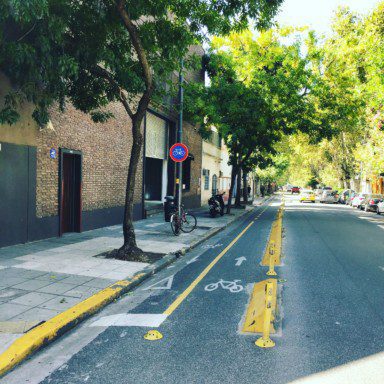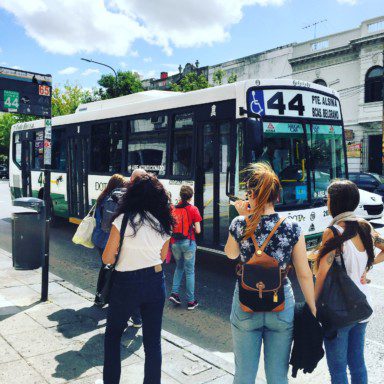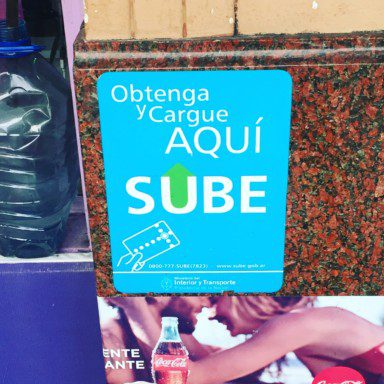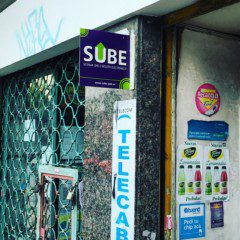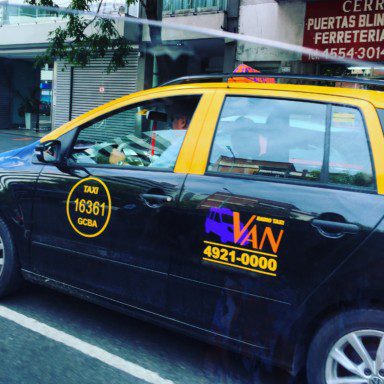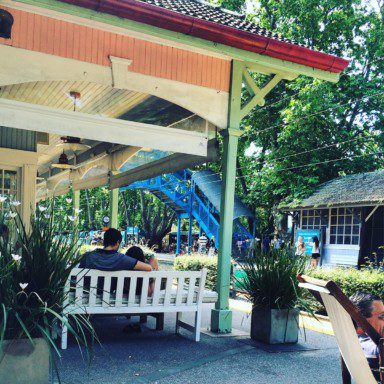Any transportation based on streets in Buenos Aires is reliable on Sundays or good weekdays. But very often strikes, demonstrations, or constructions will cause traffic jam. Then walking or taking the SUBTE is the best option. The SUBTE consists of 6 lines and runs all days from 5 a.m. until 9 p.m. to around midnight, depending the line, and in peak times every 3 minutes there is a train coming.
Prepare to be close to many people, especially in peak times it can be very packed. Pickpockets are underway meanwhile, so keep your belongings in front of you. Some SUBTE lines don't have aircon, which can be quite uncomfortable in hot days, means: bad smell! But over all the SUBTE is the most efficient transportation in Capital Federal.
A map of the lines, and the current status of the lines you can find
here. The SUBTE connections are as well part of the "Come llego" services. The price for one ride is 7 arg. Pesos (as of april 8th, 2016).
